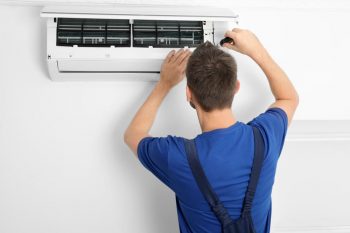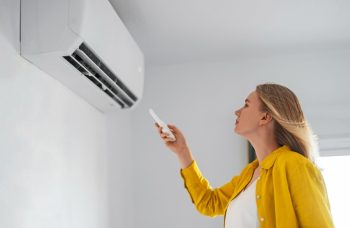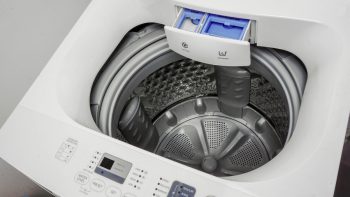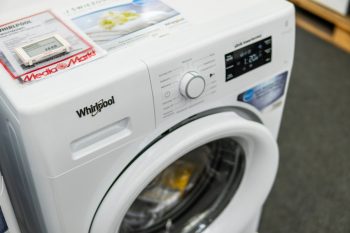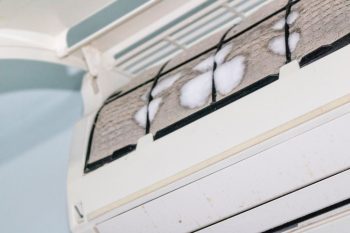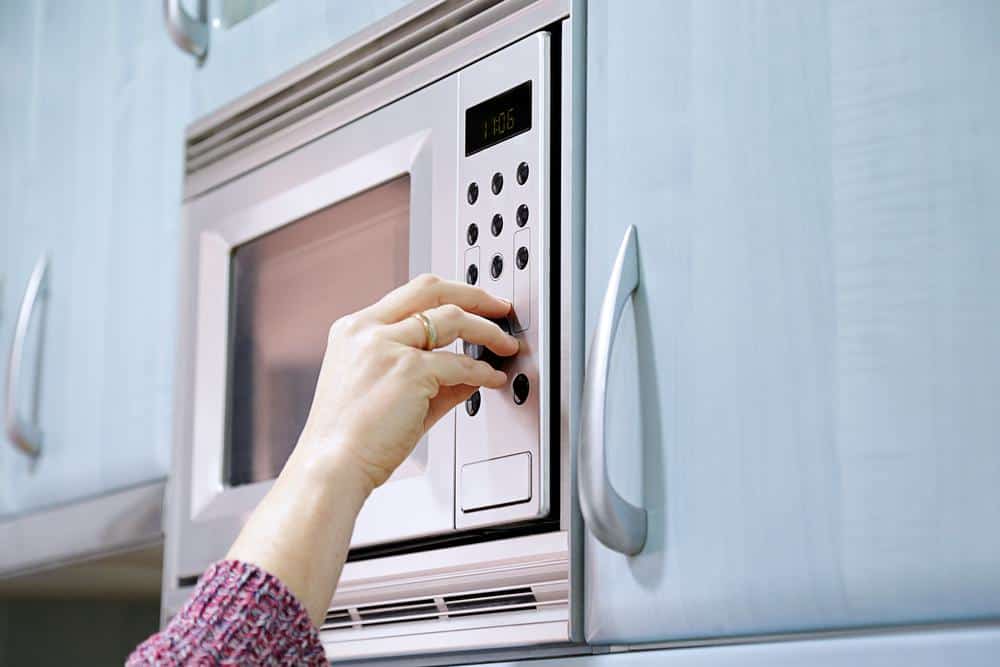
Microwaves have become an essential appliance in our kitchens, providing us with quick and convenient cooking options. However, like all appliances, they can sometimes run into problems, and it’s important to know how to test their components to ensure they’re functioning correctly. In this comprehensive guide, we’ll cover how to test various microwave components, the tools needed, and the safety precautions to be taken.
Testing microwave components involves understanding the key components like the magnetron, high voltage transformer, capacitor, cooling fan, turntable, and door switches. Tools needed include power meters, signal analyzers, and a multimeter, among others. Ensure the microwave is unplugged and the capacitor is discharged before testing. Use an ohmmeter to test the magnetron, a multimeter to test the door switch and high voltage diode. If you’re unsure, professional services are available. Always prioritize safety when testing microwave components.
Essential Components of a Microwave
Microwaves consist of several key components that work together to heat your food. These include the magnetron, high voltage transformer, high voltage capacitor, cooling fan, turntable, and door switches. Regular testing of these components can help maintain the efficiency and longevity of your microwave.
Precautions Before Testing Microwave Components
Before you start testing, remember that working with microwave components can be hazardous due to the high voltages involved. Always ensure the microwave is unplugged and the capacitor is discharged before attempting any repairs. Inspect door seals and hinges for good condition, check the electrical grounding, and never use a laboratory microwave to heat food or drink for consumption.
Tools Needed for Testing
To effectively test microwave components, you’ll need a range of tools and equipment. These include power meters and sensors, signal analyzers, vector network analyzers, spectrum analyzers, noise figure meters, oscillator, clock, and PLL testing equipment, among others. Additionally, you may need various cables, connectors, adapters, and calibration equipment to ensure accurate and reliable measurements.
Testing Microwave Components
1. Testing the Magnetron
The magnetron generates microwave energy that heats your food. To test the magnetron, you’ll need to perform a resistance measurement using an ohmmeter. If the resistance measures less than one ohm, your magnetron is functioning properly.
2. Testing the Door Switch
The door switch ensures your microwave only operates when the door is closed. To test the door switch, use a multimeter to check for continuity. A continuous electrical path should be present in the part.
3. Testing the High Voltage Diode
The high voltage diode converts the AC voltage from the transformer to DC voltage for the magnetron. To test the diode, use a multimeter to check for continuity in both directions. If there’s continuity in both directions or no continuity at all, the diode is faulty and needs to be replaced.
Spotting Signs of Faulty Components
Common signs of faulty components include the microwave not heating, unusual noises, the microwave plate not turning, the microwave not turning on, controls not responding, or the microwave running but not heating. If you notice any of these signs, it’s best to have your microwave inspected and repaired by a qualified technician.
Professional Services for Testing Microwave Components
If you’re unsure about testing the components yourself, professional services are available. Companies like Rohde & Schwarz, SemiGen, and Microwave Techniques offer testing solutions for RF and microwave components and modules. These services can ensure that your microwave components meet the desired performance criteria and comply with relevant industry standards.
Consequences of Using a Microwave with Faulty Components
Using a microwave with faulty components can lead to microwave radiation leakage, fire hazards, uneven cooking, and electrical hazards. It’s therefore crucial to ensure your microwave is in good working order to prevent potential hazards.
To wrap up, testing microwave components is a crucial part of maintaining your microwave’s efficiency and longevity. Whether you’re a DIY enthusiast or prefer to leave it to the professionals, understanding how your microwave works can help you identify issues before they become major problems. However, always remember to put safety first when dealing with electrical appliances.
Frequently Asked Questions
How do I discharge a microwave capacitor?
To discharge a microwave capacitor, you’ll need to create a short circuit between the capacitor terminals. This can be done by using a screwdriver with an insulated handle. Hold the screwdriver by its handle and touch one end of the blade to one of the capacitor terminals. Then, slide the blade to the other terminal, maintaining contact with the first terminal. This should discharge any stored energy. However, it is crucial to remember that this can be dangerous if done incorrectly, so it’s always recommended to seek professional help if you’re unsure.
What are the most common microwave problems?
The most common microwave problems include not heating, unusual noises, the turntable not spinning, the microwave not turning on or off, controls not responding, and the microwave running but not heating the food. These issues can often be traced back to faulty components like the magnetron, door switch, or high voltage diode.
How often should I test my microwave components?
The frequency of testing microwave components can depend on several factors such as your microwave’s age, usage, and any signs of malfunction. However, as a general rule, it’s a good idea to conduct regular checks every 6-12 months to ensure your microwave is operating efficiently.
Can I use any multimeter to test microwave components?
Generally, yes. Most multimeters can be used to test microwave components as they can measure resistance, continuity, and voltage. However, it’s always best to refer to your multimeter’s user manual to ensure it’s suitable for the specific tests you need to conduct.
Is it safe to use a microwave with a faulty door switch?
No, it’s not safe to use a microwave with a faulty door switch. The door switch is a safety feature that ensures the microwave only operates when the door is closed. If it’s faulty, it could lead to microwave radiation leakage, which is harmful. If you suspect a faulty door switch, it’s best to get it repaired immediately.

